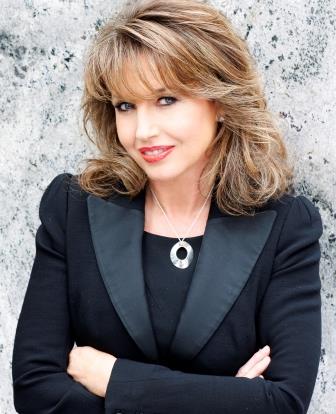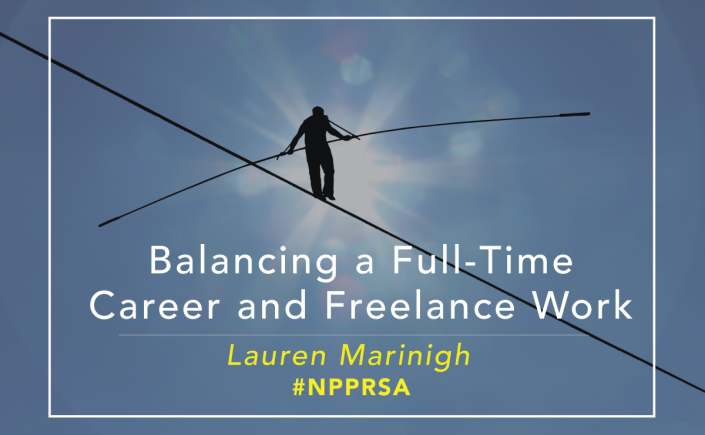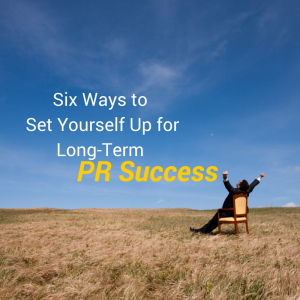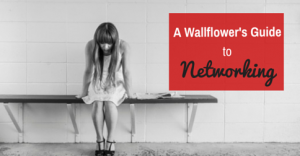When my boyfriend got a new job in Connecticut and we decided to journey to CT together, I had never been to CT until the night I moved in. I moved all the way from Atlanta, GA, to Stamford, CT, and knew no one in the area.
 I had a little less than a month’s notice until we were moving, but I started to apply to jobs right away. Here are my best tips for networking and applying for jobs in a brand new city:
I had a little less than a month’s notice until we were moving, but I started to apply to jobs right away. Here are my best tips for networking and applying for jobs in a brand new city:
1. Research companies in the area you’re moving and apply for entry-level jobs with up to five years of experience.
In Stamford, GE, Philips, Conair, Reuters, NBC and many more companies have large presences. Although I didn’t get a job at one of those places, I applied to all of them and even interviewed with one. It helped me get a feel for the area.
The job I did end up getting listed 1-3 years of experience and I’ve recently found that I’m eligible for jobs that say up to 5 years of experience and companies are often flexible with that part of the job posting.
2. Research and inquire about local groups that fall within your passions and interests.
For me, I was really excited to find a local young democrats group and meet new people. I inquired about their meetings and went to one of their meetings shortly after I arrived.
There are so many different local groups for running, intramurals, religion, animal rescue and much more you can find and join. It helps to network and make friends with people you share interests with when you move to a new city.
3. While you’re in the process of moving, take time to apply to jobs and interview for them.
Although I wasn’t in the area, I offered to Skype in for interviews or interview in-person once I arrived. Sometimes it can take many weeks to find a job and it helps to get ahead of the application process before you move since moving itself takes up a lot of time.
I also found the interviewers really appreciated my openness and flexibility with doing Skype interviews or waiting until I arrived.
4. Find and join your local PRSA Chapter.
I knew that I was probably going to get a job in New York City and immediately joined the PRSA New York Chapter as well. I got involved with the new professionals committee within the Chapter and met a lot of new people through networking events in the city.
Use the PRSA website to find and join your local PRSA Chapter and inquire about any upcoming new professionals activities.
5. Make friends with co-workers and others who work close to your office.
Some of the best friends I’ve made worked in offices pretty close to mine and I do hang out with co-workers outside of work sometimes. I know opinion varies on making friends with co-workers, but that decision is up to you and co-workers can be great friends especially if you’re new to the area.
If you’re at the local coffee shop and see the same person or people every day, say hi and find out what they do and where they work!
So while moving to a new city can seem a little intimidating, it’s also full of opportunity and provides an extraordinary amount of growth for you personally and professionally.
Have any other tips to share? Please post them below!
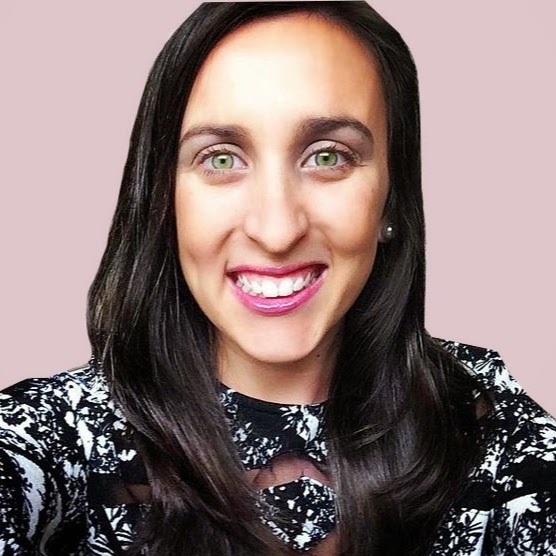 Lauren Gray is currently a Project Director with local creative agency The Visual Brand in Stamford, CT. She also serves as a PRSSA Liaison co-chair on the PRSA New Professionals Section executive committee. Connect with her on Twitter and LinkedIn.
Lauren Gray is currently a Project Director with local creative agency The Visual Brand in Stamford, CT. She also serves as a PRSSA Liaison co-chair on the PRSA New Professionals Section executive committee. Connect with her on Twitter and LinkedIn.

